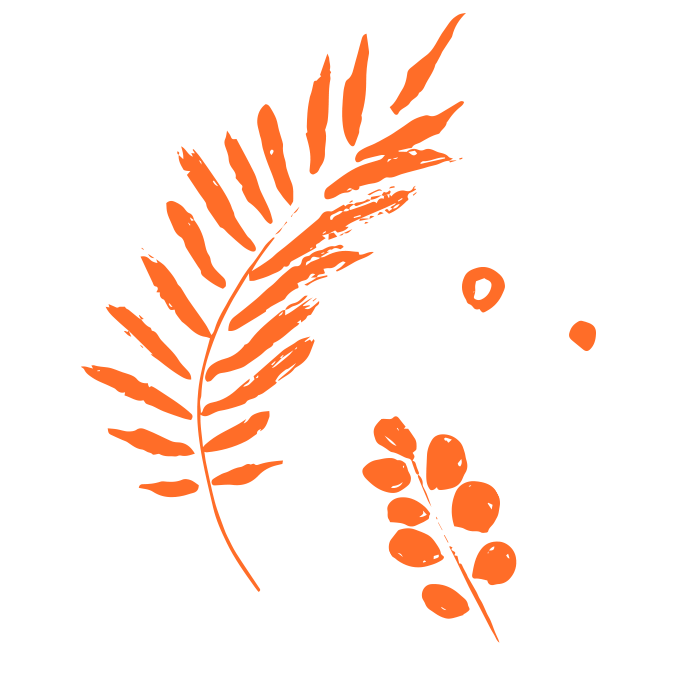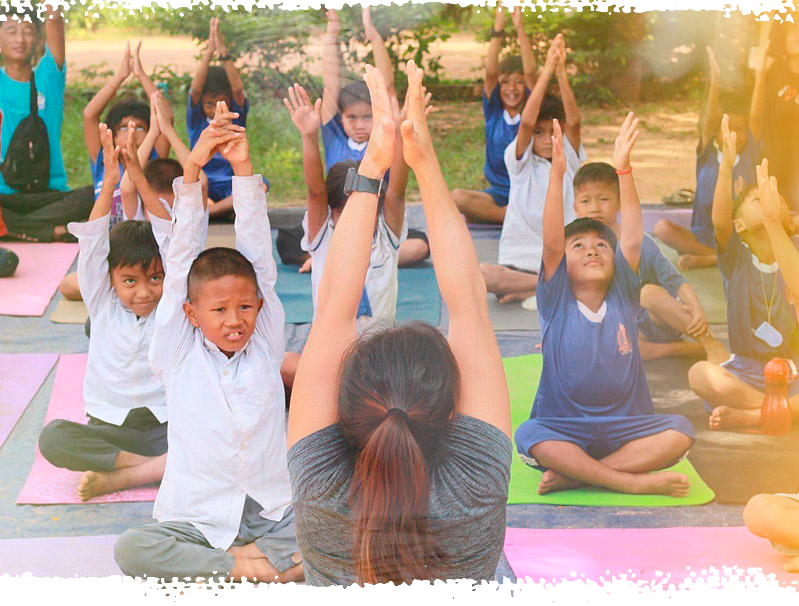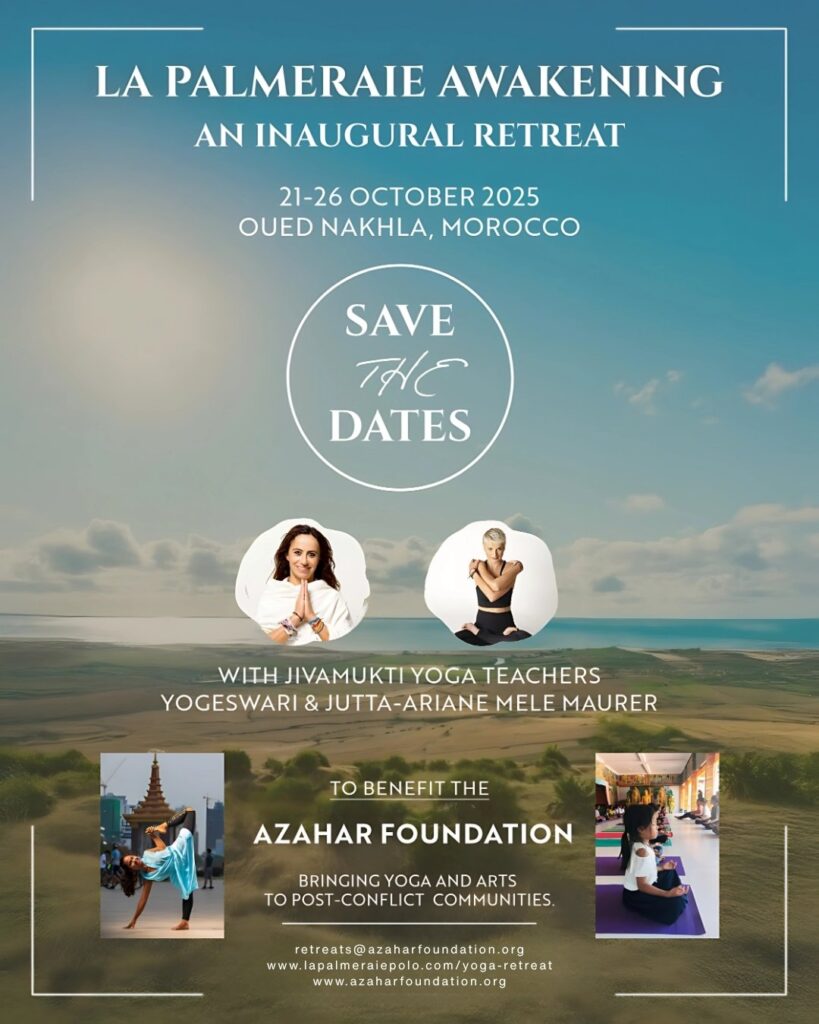The solution to organized violence is peace. However, the approaches to understanding and facilitating peace are varied. AZAHAR Foundation utilizes creative methods of peacebuilding that challenge the confines of conventional peacebuilding mechanisms in transitional and postconflict contexts. The positive conceptualizations of peace allows for a broadened understanding of peace as a transformative and dynamic process with multiple actors, layers and interpretations (Lefurgey, 2021). The multifaceted socio-cultural expression of yoga, meditation, and arts integrate a mind-body practice that offers opportunities in peacebuilding on both individual and collective levels of well-being.
The Innsbruck School of Peace Studies identifies the plurality of peace(s) to account for the undercurrents of conflict and post-conflict realities and the intricacies of human nature and relations. Their conceptual understanding of peace is constructed by five peace families (Echavarría Álvarez 2014):
→ (1) Energetic peace
→ (2) Moral peace
→ (3) Modern peace
→ (4) Postmodern peace
→ (5) Transrational peace
AZAHAR Foundation supports interventions within a Transrational peace framework. This model values plurality and multiplicity, but also reintegrates the spiritual component to an understanding of peacebuilding (Lefurgey, 2021). The word Transrational Peace applies the rationality of modern science while it transgresses its limits and holistically embraces all aspects of human nature for its interpretation of peace. Thus, it acknowledges peace as one possible mode of perception and does not proclaim ultimate reason, while acknowledging the complexity of the human experience (UNESCO Chair for Peace Studies, 2016).
The applied and embodied methods under the umbrella of elicitive conflict transformation, as defined by UNESCO Chair of Peace Studies, include a wide range of “breath-oriented, voice-oriented, and movement-oriented techniques” (Dietrich 2014, 55).





Yoga, meditation and arts are primary techniques to facilitate peacebuilding systemic change in the-non-traditional sense, through introspection and participation in shared, community-driven experiences. (Lefurgey, 2017).
In this understanding, social healing is a multidirectional and nonlinear process that centers lived experience. It is a process through which individuals can build resilience individually while collectively working towards broader ideas of social change (Lederach and Lederach, 2010).
Yoga is a healing system of theory and practice, it’s a combination of breathing exercises, physical postures, and meditation, practiced for over 5000 years. Yoga is considered a mind-body intervention that is used to reduce the health effects of generalized stress and is believed to calm the nervous system and balance the body, mind, and spirit. The Yoga Sutras of Patanjali is regarded as an authoritative script and outlines the eight limbs of yoga or guidelines for living a purposeful life. The eight limbs are comprised of yamas, which involve morality and abstinence from outward actions, and niyamas, the practice of personal observances. Next are āsanas or body postures; prānayāma or breathing exercises; and prayāhāra, the control or withdrawal from the senses. Following these are dhāranā, which signifies a state of concertation and inner awareness; dhyāna or meditation and devotion; and lastly, samādhi, or the union with the divine or a state of complete liberation. Within the first component, yamas, which are a set of five ethical rules of moral imperatives, is the concept of ahimsā. The concept of ahimsā is inherently a peace-oriented component at the very foundation of yoga, signifying non-violence. Ahimsā as non-violence is defined by avoiding any harm to other living beings and an offering of respect and protection to all life forms (Satchidananda, 2012).
Complementarily, arts-based interventions can facilitate transformative learning through creative expression and there-by help people develop or enhance their capacities for more constructive engagement with conflict and build more cooperative relationships. These initiatives are more process-oriented, rather than results- focused (Beller 2009).


